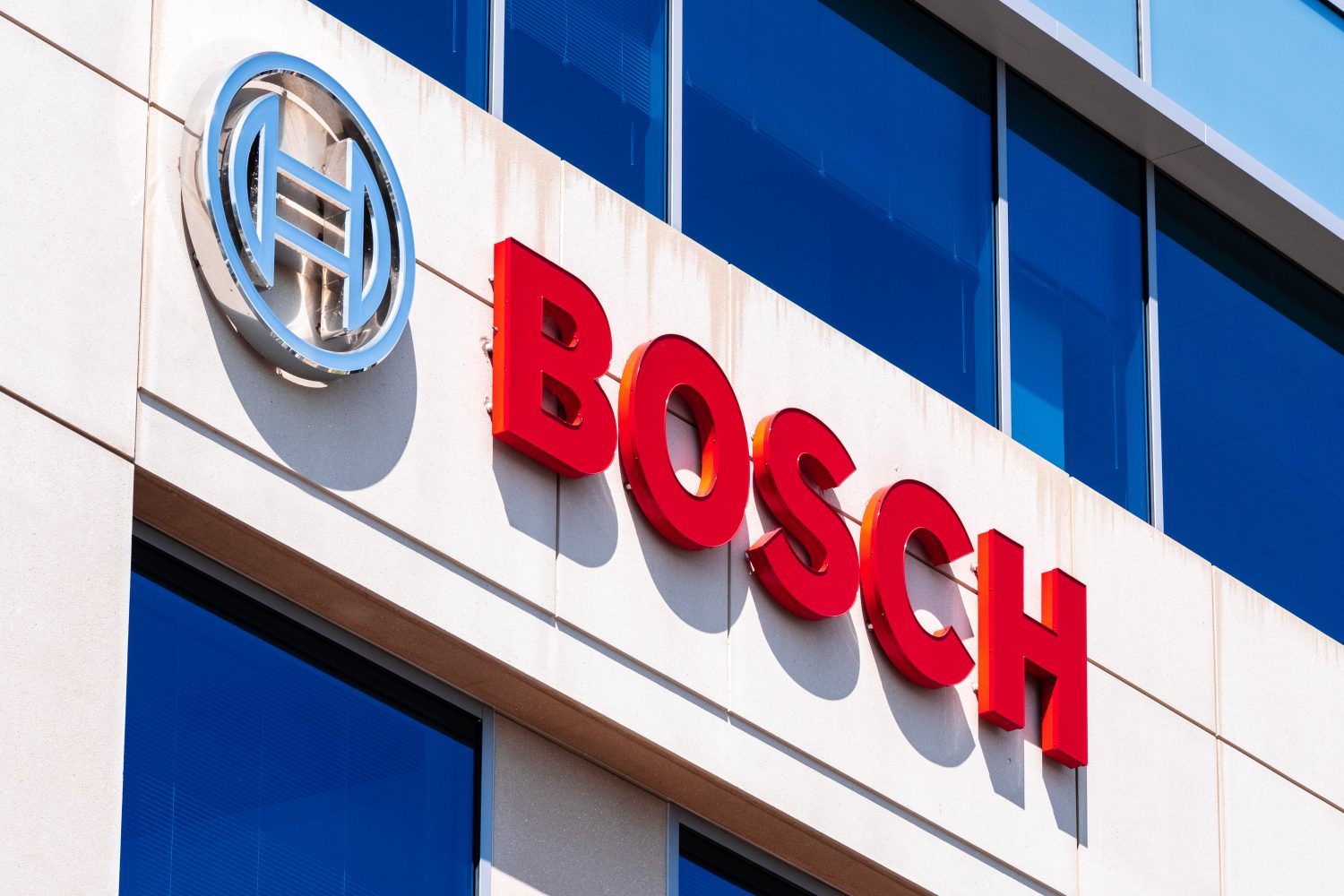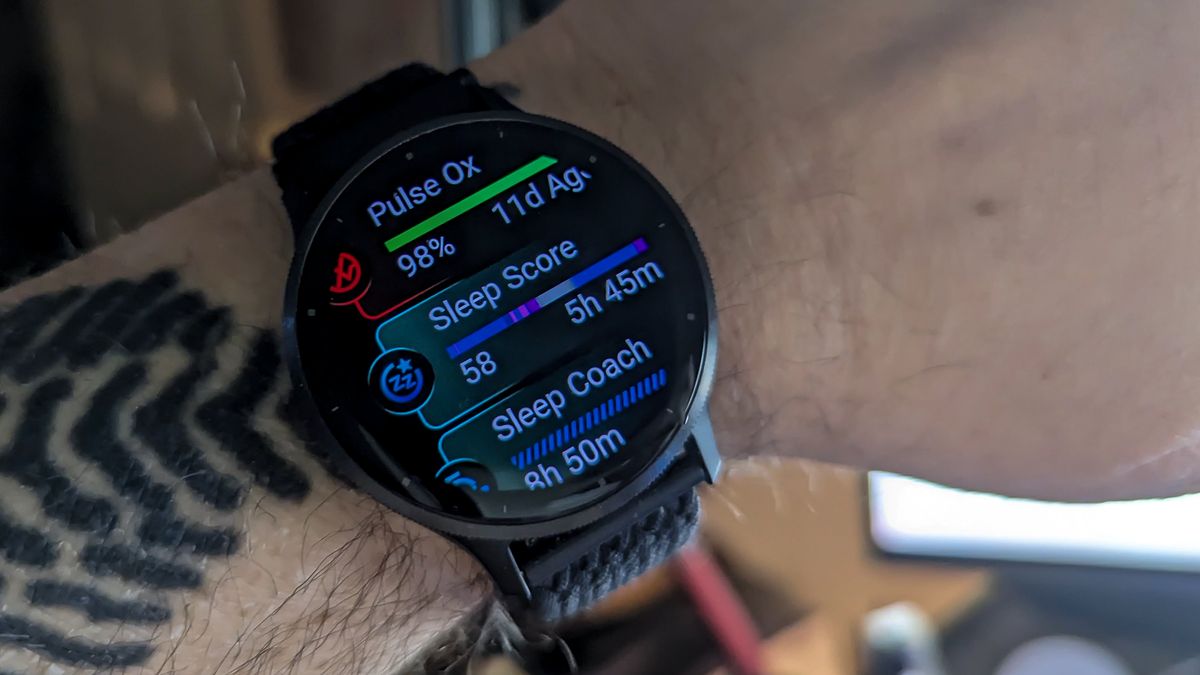Tech
Huawei’s Kirin 9100 Said To Be Mass Produced On An Improved Lithography, But Will Not Be 5nm; CPU Cluster Reveals One Cortex-X1, But Same Kirin 9000S GPU

The Mate 70 series is rumored to launch this month, with Huawei likely equipping the new lineup with a new chipset called the Kirin 9100. Despite both the former Chinese giant and its current foundry partner, SMIC, successfully developed the 5nm process, the new silicon will not be mass produced on this technology. Thankfully, it will not rely on the older 7nm process as the Kirin 9000S either, as the latest specifications reveal the CPU cluster, GPU, and employed lithography.
New leak reveals the Kirin 9100 will take advantage of the 6nm architecture but will feature the same Maleoon 910 GPU found in Kirin 9000S
At this stage, Huawei has little choice but to retain its alliance with SMIC as the current U.S. trade sanctions prevent it from teaming up with TSMC or Samsung. It is highly possible that both Chinese firms worked behind closed doors to develop a 6nm process, as an X user with the handle @TechHome100 reveals that the Kirin 9100 will use it. Whether the term ‘6nm’ is a marketing term or an actual improvement over SMIC’s 7nm, we cannot confirm, but we did report previously that the Kirin 9100 may use the ‘N+3’ node instead, which is a more refined variant of N+2 and boasts a higher density the Kirin 9010.
In short, the 7nm node may not be utilized, so the 6nm variant means that SMIC found a way to increase transistor count using its existing DUV machinery. Coming to the Kirin 9100’s CPU cluster, instead of Huawei’s custom TaiShan cores, a single Cortex-X1 might debut in the SoC, sporting a frequency of 2.67GHz, along with three Cortex-A78 cores running at 2.32GHz and four Cortex-A55 efficiency cores operating at 2.02GHz. It appears that Huawei might have ditched its custom cores in favor of ARM’s designs, and we will find out in the future why this decision was made.

As for the GPU, the Kirin 9100 will be stuck with the Maleoon 910, the same one that was a part of last year’s Kirin 9000S. The core count was not mentioned here, but given that the Kirin 9000S was equipped with four of them, Huawei could bump that number up to provide some differentiation between the two generations. Regarding performance, the Kirin 9100 will no doubt be slower than the competition, but as long as it is faster than its predecessor, that is what truly matters.
News Source: @TechHome100









